What the strange evolution of the hero shooter tells us about the genre's future
There's more to the hero life than pushing a cart.
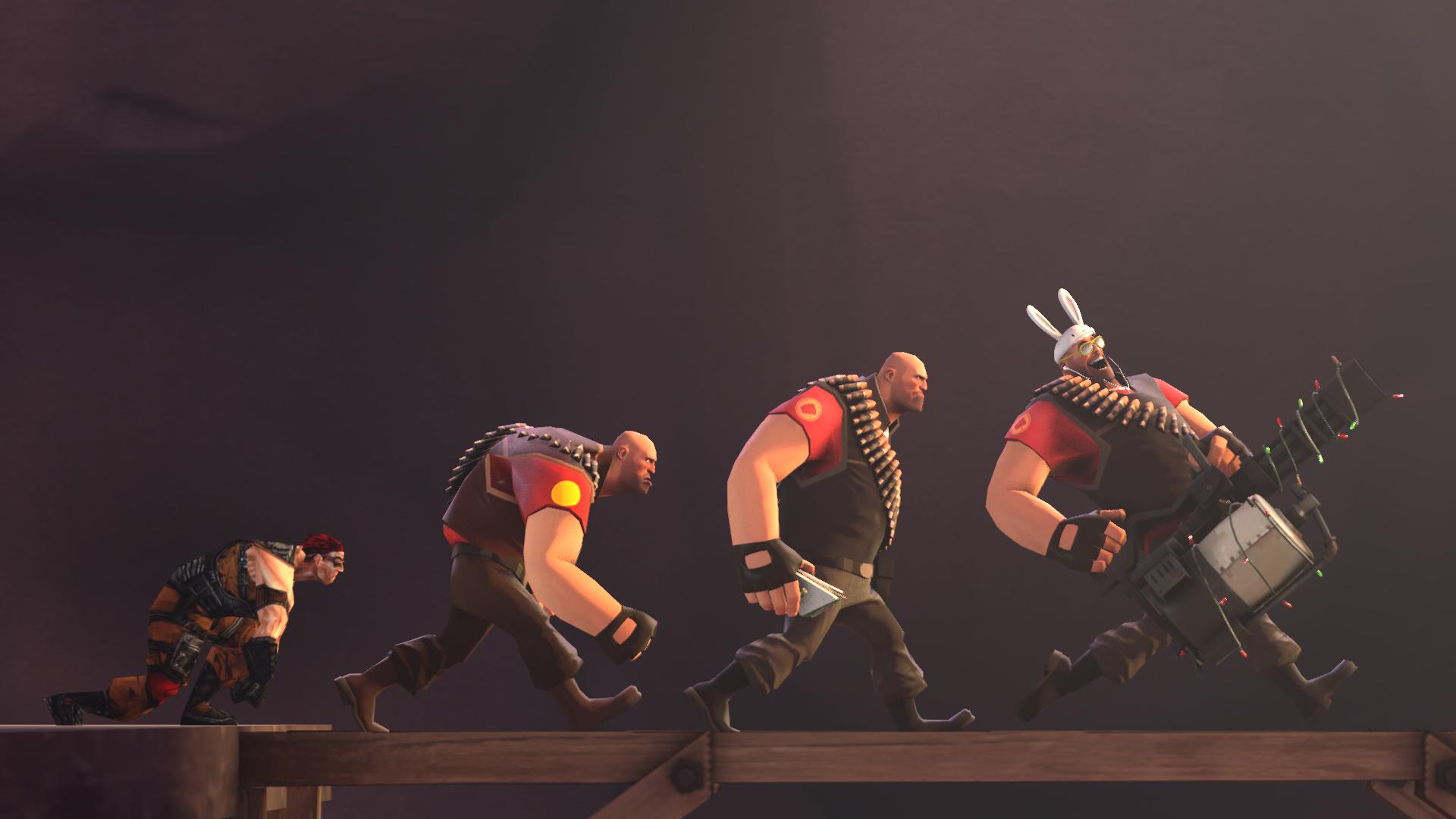
Hero shooters are the latest gaming trend, team-based competitive multiplayer shooters featuring objective-driven game modes and large casts of colorfully designed characters sporting fantastical weapons and abilities. That’s a serviceable but still somewhat shortsighted definition. The hero shooters we have today already cover a range of styles and goals. They’re all shooters, so we see a lot of overlap in how they actually play, but each one approaches things differently and has something distinct at its core.
Basically, hero shooters are like the Powerpuff Girls, so let’s talk Chemical X.
We’ll start with Blizzard’s Overwatch, seeing as how it has become the poster child for the genre. Overwatch is popular for many reasons, but primarily because of its heroes and their diverse playstyles and personalities. Game director Jeff Kaplan said it best when we spoke with him at BlizzCon 2015: “the heroes are the content of the game.”
More than any other hero shooter, Overwatch puts individual heroes first, not overarching classes. This wasn’t always the case, though. In an April interview with GameSpot, Kaplan said the Overwatch team started with a class-first perspective. It was lead hero designer Geoff Goodman who eventually proposed making “as many classes as we could come up with” and simply turning them into highly specialized heroes.
Overwatch heroes are roughly grouped into four classes, but hero-specific strengths are stressed more than in, say, Team Fortress 2. In Overwatch, you pick a hero based on who your team needs and who the situation calls for, whereas in TF2 you have more room to choose a class based solely on how you like to play, illustrating the subtle difference between team-based and class-based gameplay. A skilled Heavy can fill several roles and always be useful, but you can only do so many things with Roadhog or Reinhardt, which brings us to hero switching.
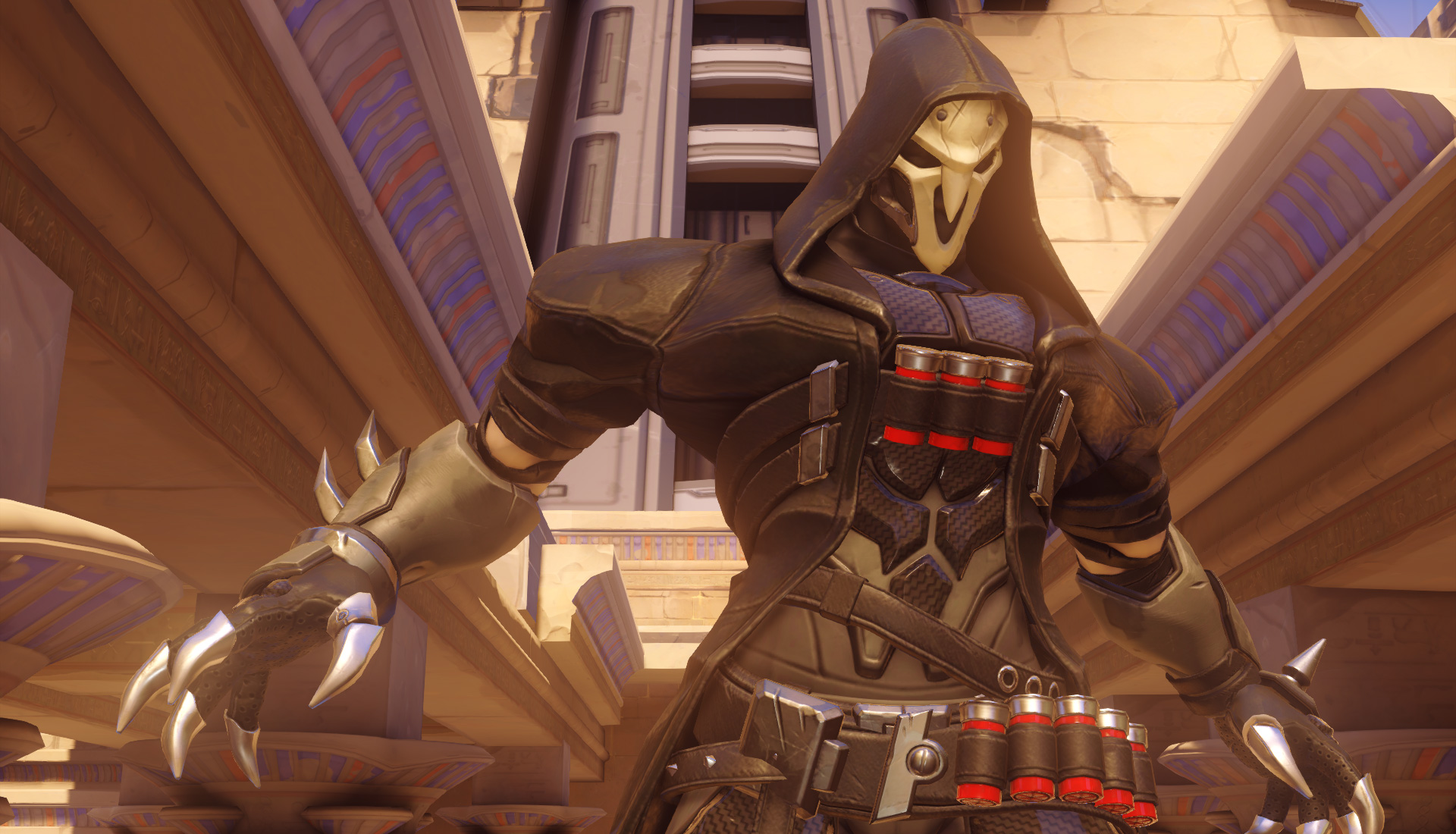
Instead of making individual heroes more flexible, Overwatch made all hero switching available on the fly. You can choose from several suitable heroes in any situation, but you can’t take the same approach with all of them, at least not effectively. Reaper and Tracer, for example, are both offense heroes who can make short work of enemies, but they play very differently and have different counters.
This creates the type of rock-paper-scissors meta we see in MOBAs like Heroes of the Storm, which is a noticeable influence on the way Overwatch heroes interact, both as allies and as enemies. There’s also a bit of fighting game spirit to Overwatch. The way they use huge casts to segment fundamentally similar gameplay forms an interesting parallel with games like Street Fighter V and Tekken 7, which also live and die by their rosters.
The biggest gaming news, reviews and hardware deals
Keep up to date with the most important stories and the best deals, as picked by the PC Gamer team.
Heroes are obviously central to all hero shooters, but careful character design is of unmatched importance to Overwatch because each of its heroes must not only serve a unique purpose but also mesh well with tightly clustered teams. Everything starts there, and anything that “encroaches upon the fun hero gameplay,” as Kaplan puts it, is swiftly changed. Furthermore, Kaplan told Kotaku in July, maps and modes are quite deliberately designed to promote hero interaction by bringing teams together. This lines up with what assistant game director Aaron Keller told us in September: "if and when we release a new game mode in the future, it will be about teams pushing on a single objective.”
At the opposite end of the spectrum—and it is a spectrum, this genre-hopping blur of a genre—we have Gearbox Software’s Battleborn, which doubles down on MOBA elements while turning Overwatch’s character design on its head. Overwatch is about selecting and re-selecting the most suitable hero, but Battleborn is about building a hero that does what you want.
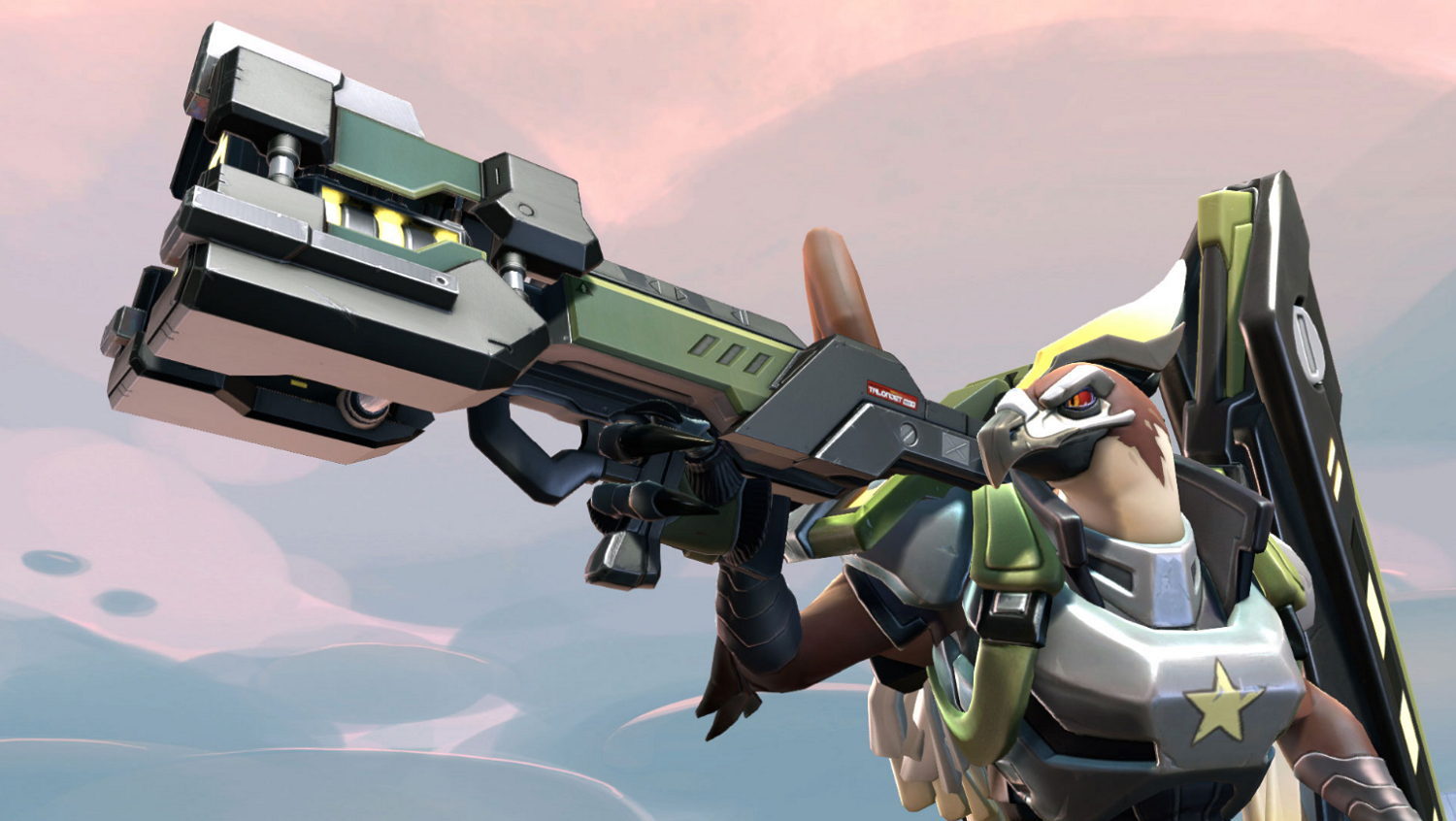
In Battleborn, hero abilities aren’t static. Heroes bring the same skills into every round, but through the game’s helix system of A/B upgrades, these can be tweaked to fit the play style you prefer. Characters fall into designated classes like healer and skirmisher, but they can still wield a mix of offensive, defensive or supportive abilities, just not all at the same time. So, rather than which hero to play, the question becomes how to play your hero.
You can further customize heroes through gear which augments stats like cooldown reduction and maximum health. Gear functions like the items in Dota and League of Legends: earn currency and buy pieces as the match progresses, with the added kick and progression of collecting gear through loot boxes and, from your collection, building character-specific loadouts. The influence of MOBAs is even more obvious in Battleborn’s waves of minions and its base-destroying incursion game mode.
This should also sound familiar to Borderlands fans. Tailoring skill trees to suit different play styles? Boosting your most relevant stats with equipment? Hoarding gear? That’s a day in the life of a Vault Hunter if I’ve ever heard it. And come to think of it, Alani could pass as a sister siren to Borderlands 2’s Maya. There’s plenty of Pandora in Battleborn, that’s for sure, just as Overwatch’s focus on individual hero characters can be traced back to Warcraft.
Beyond prominent MOBA elements, Battleborn brings some promising ideas to the still-developing hero shooter genre. For starters, it has a story mode. It isn’t a particularly spellbinding tale (though the stellar opening cinematic helps) but it does provide welcome context for the game’s world and the motivations of its heroes, not to mention a more in-depth tutorial and testing ground. Meltdown, Battleborn’s take on payloads, is also noteworthy. In it, teams defend their minions as they march toward the goal and try stop enemy minions from doing the same. This means players have two objectives and can choose to defend or attack in every round, which ties into the game’s split hero development.
Overwatch and Battleborn alone illustrate some of the balancing acts hero shooters have to manage. Through the strict limitations it places on game modes and character abilities, Overwatch gains the freedom to create characters like Mercy and Symmetra, who aren’t at all suited for offense roles. Battleborn is all about customization, so it’s possible for players to consistently play the hero they’re most attached to rather than the hero their team needs right now. There are pros and cons to each approach: I can’t see incursion working in Overwatch, but Battleborn heroes tend to run together a bit, and there’s no doubt as to who’s winning the sales race. Somewhere between these two extremes lies Paladins, Hi-Rez Studios’ free-to-play contender. Lead designer Rory “Drybear” Newbrough described Paladins as “half shooter, half MOBA” when we spoke with him last December, and the current state of the game backs him up.
Although still in beta, Paladins’ foundation is well established, including its much-vaunted deck system. For each hero, you can build equippable decks of five cards which, once acquired mid-match, buff various abilities and help fine-tune your play style. It isn’t as open-ended as Battleborn’s helix system, but that’s not necessarily a bad thing. The goal of decks, Newbrough said in a recent interview with PaladinsWorld, is to give players multiple build options without warping characters to the extent that they are difficult to identify or play around. This preserves the concept of instantly recognizable characters—a cornerstone of hero shooters since Team Fortress Classic—while creating greater room for player choice.
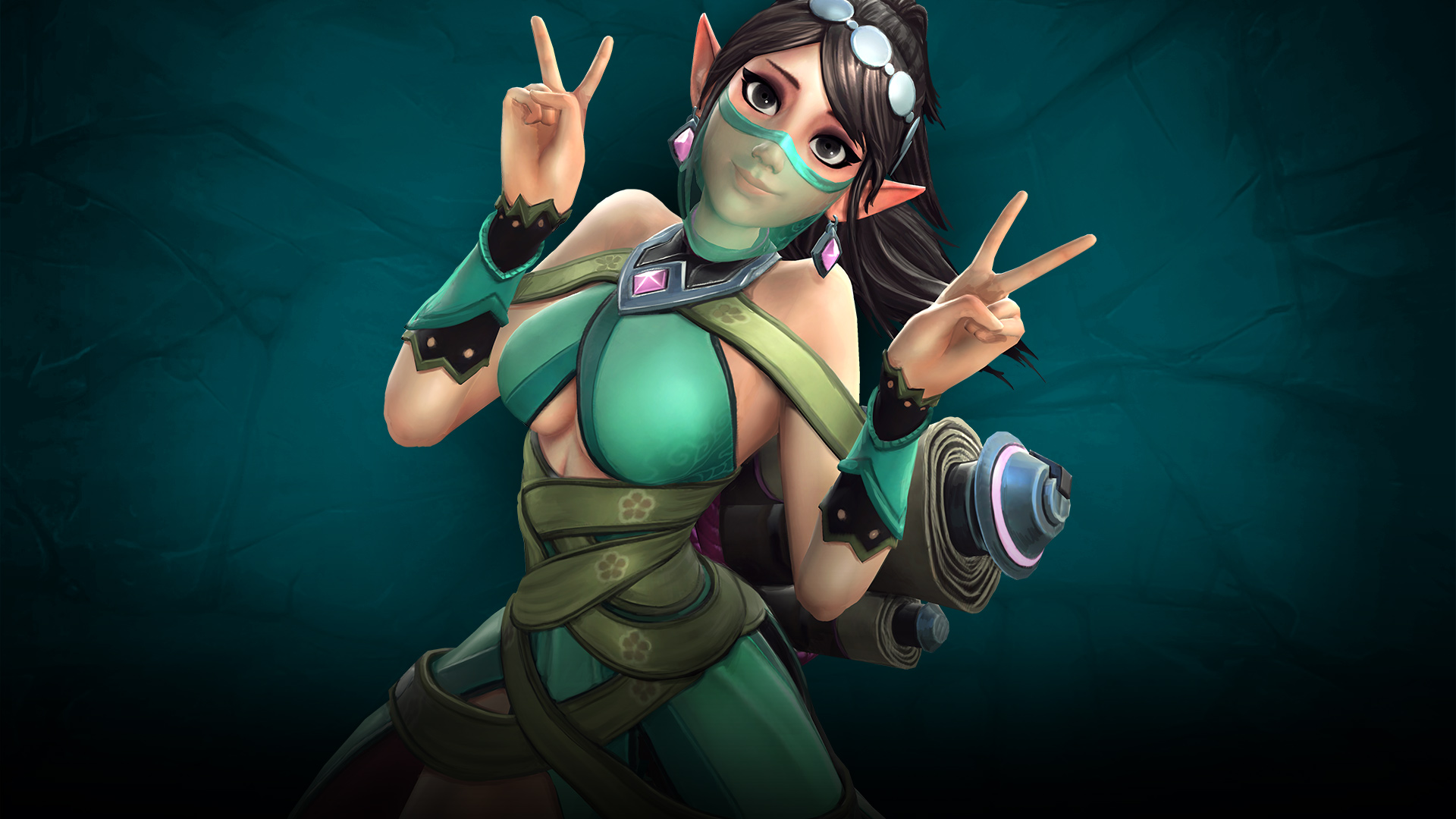
Paladins also pursues new combinations through its heroes, which, according to Hi-Rez COO Todd Harris, are predominantly rooted in the studio’s own Global Agenda despite similarities to Overwatch. Some heroes overlap more than others, but even familiar abilities can be interesting when rearranged. For instance, Androxus wields a defensive deflection ability, generous jumps, a six-shooter revolver and a rocket-powered ultimate. Similar abilities are seen in Overwatch but the combination is novel, and Paladins is not devoid of originality. As Blizzard grapples with Symmetra’s place in the meta, Ying offers a good example of how to combine turrets and teleportation in a way that’s powerful and satisfying.
Even so, and even for a beta, Paladins has yet to hit its stride. Everything checks out on paper: it takes inspiration from the most successful hero shooter yet, the biggest genre in esports and lessons learned from Global Agenda. It’s also free, which is a good thing to be in an increasingly competitive market. The trouble is that it doesn’t yet have an identity of its own. Overwatch is a dynamic team-based FPS, and Battleborn, while a bit of a commercial flop, is firmly a first-person MOBA with added objectives. Paladins isn’t quite there yet. It seems to know what it’s made of but not what it wants to be, and in this it echoes the state of the hero shooter genre as a whole.
The good news is that the concern is not what hero shooters can’t do, but what they haven’t done so far. Creating new and interesting heroes is great, but they stand the best chance of finding an audience if they do something we haven’t seen in hero shooters before. The only guiding principle seems to be to build game modes that intuitively support your heroes’ abilities, something Overwatch and Battleborn both managed despite being wildly different. There’s no limit on what those game modes can be, only on what type of heroes suit them.
Overwatch makes a good argument for hero-driven design, and Battleborn shows that unconventional elements can be folded in without upsetting the core FPS gameplay loop. More importantly, Overwatch’s 22 heroes can’t do everything, nor can Battleborn’s 25. Meanwhile, Paladins is still trying to figure out what its heroes are best at, something its forthcoming new mode, which Newbrough describes as a “co-op experience against challenging AI,” may answer.
This is perhaps the most valuable lesson for budding hero shooters like Gigantic, Lawbreakers, Battlecry, Dirty Bomb and who knows how many games to come. I don’t want to see this genre become a race to dethrone Overwatch by way of character design. That’s a loser’s market, and hero shooters have the potential to revive and improve so many game types. It’s all a matter of finding a niche and creating a good-sized roster of heroes who really synergize with it.
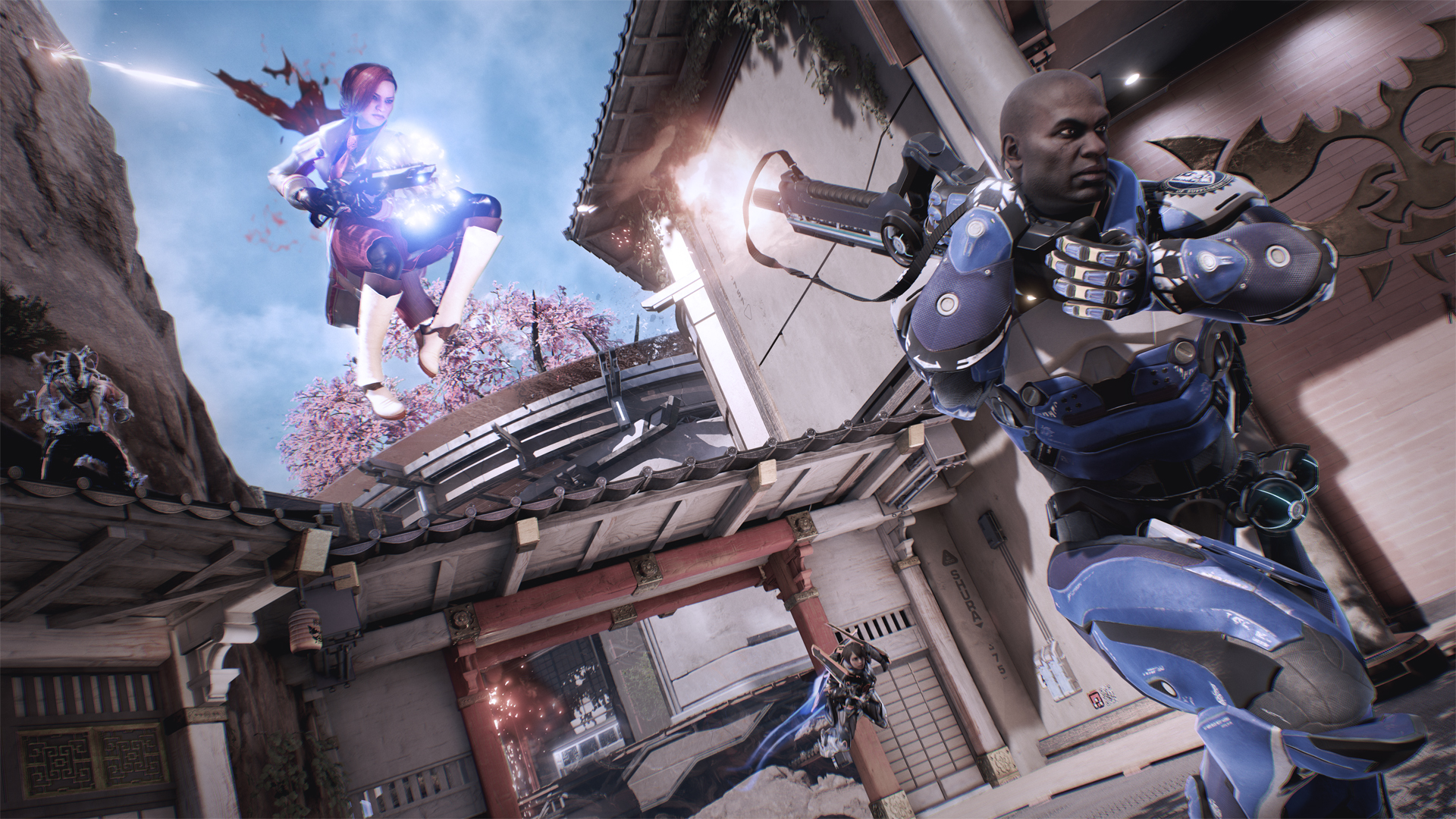
For one, objective-based multiplayer goes way beyond 'defend the thing and push the thing', or in Paladins’ case, 'defend the thing then push the thing'. Where’s the fast-paced capture the flag hero shooter that promotes mobility and map awareness using heroes couched in creative movement? Lawbreakers definitely has a shot at filling that slot, but it often feels like more of an arena shooter that happens to have five classes—which is fine, by the way. The point is, CTF is another classic game mode that could benefit immensely from a broad cast explicitly engineered with it in mind.
Then there’s the big, white elephant that seemingly nobody is talking about: where is the hero shooter that shamelessly apes the original Star Wars: Battlefront? With droidekas, shock troops, engineers and plenty more unique classes, it’s already half a hero shooter. Just imagine a modern spiritual successor, divorced from the tapestries of Star Wars but informed by the years of MOBA refinement on display in Battleborn. Sprawling, ever-changing battlegrounds peppered with command posts and crawling with NPC squadrons led by heroes—I have a dream!
Future hero shooters should also consider options outside PvP. Players can work as a team without fighting other players, and PvE-focused games like Left 4 Dead are crying out for hero shooter cousins. Overwatch proved this in its recent dalliance with horde mode, the Junkenstein’s Revenge brawl. As our own Evan Lahti said, that brawl didn’t really work because Overwatch doesn’t have the maps or heroes to support it. Where is the hero shooter that does?
For once, the bewildering vagueness of the term hero shooter can be called a positive thing. This cockamamy genre could become a nearly boundless formula for reinvigoration, a way to explore and experience familiar game modes from a refreshing new perspective via dozens of fun characters.
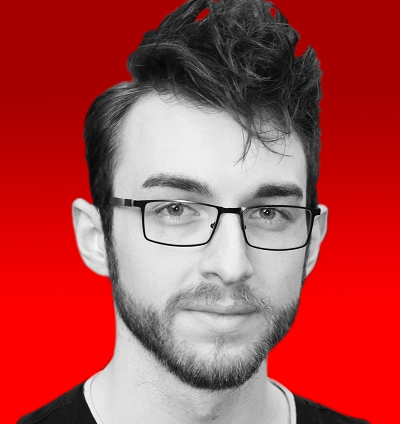
Austin freelanced for PC Gamer, Eurogamer, IGN, Sports Illustrated, and more while finishing his journalism degree, and has been a full-time writer at PC Gamer's sister publication GamesRadar+ since 2019. They've yet to realize that his position as a staff writer is just a cover-up for his career-spanning Destiny column, and he's kept the ruse going with a focus on news, the occasional feature, and as much Genshin Impact as he can get away with.

